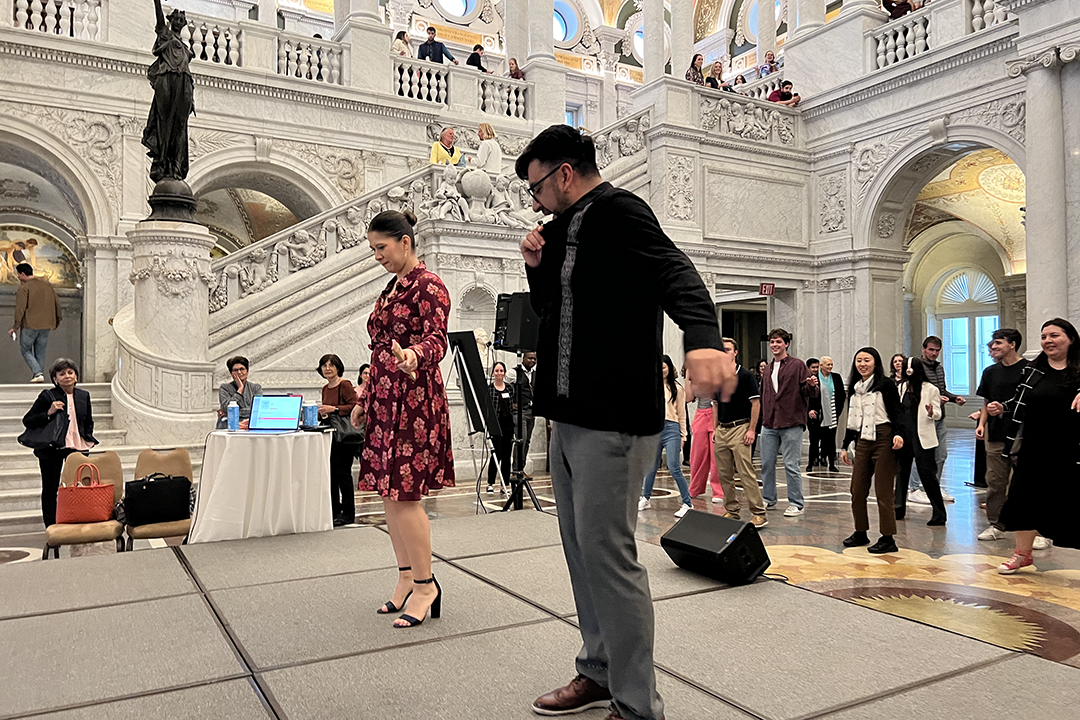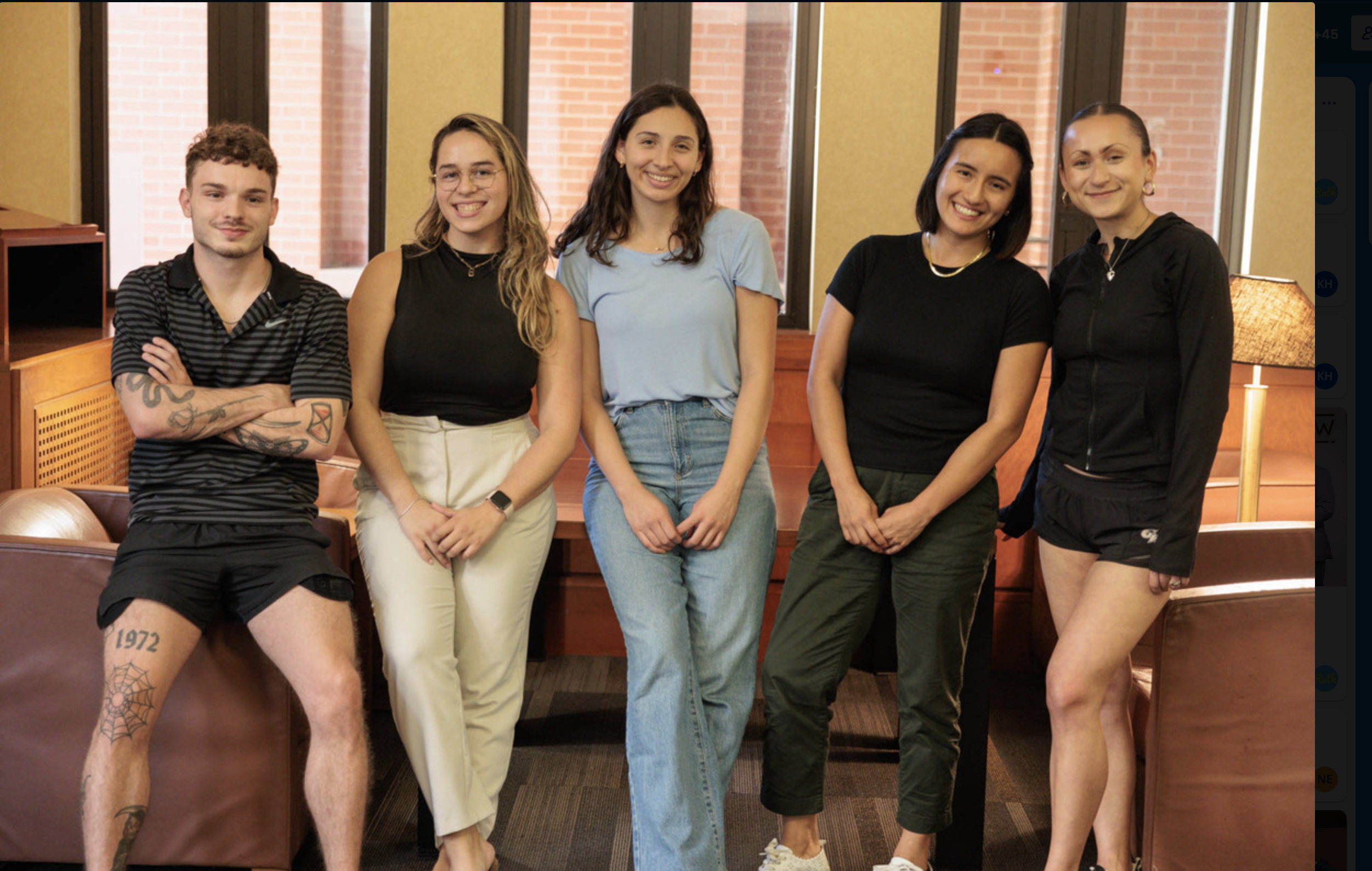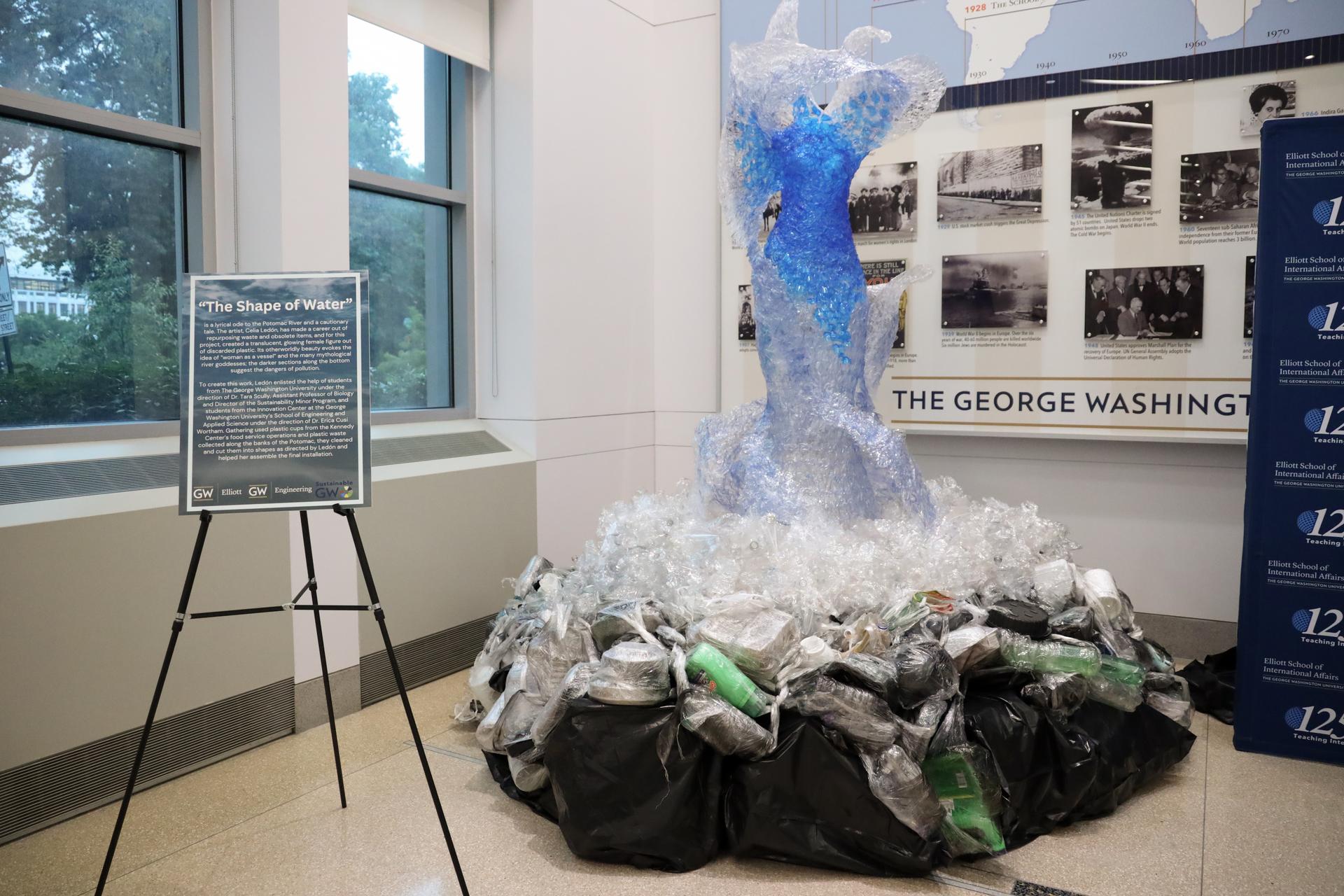After a lifetime of dancing, George Washington University professor Manuel Cuellar came to realize, he said, that “the body can create meaning, different meanings and a sense of belonging and be as powerful as the verbal, even more powerful than the verbal.”
In his book, “Choreographing Mexico: Festive Performances and Dancing Histories,” Cuellar, a professor of Latin American literature, makes the case that dance was paramount to unifying and giving meaning to Mexico, in creating lo mexicano, a sense of Mexicanness. This fall, the book won the De la Torre Bueno First Book Award by the Dance Studies Association.
Folklorico dance, the traditional dance of Mexico, has been a central feature in Cuellar’s life from kindergarten in the parades he watched in the remote village where he grew up to his days as a newly arrived immigrant to the United States, performing with companies on the West Coast during college and even now as a dancer, choreographer and academic adviser with Corazon Folklorico, D.C., Inc.
“There was a point when I started thinking critically about struggle, not only my life but the community I belonged to in Mexico and in the United States, and the role of popular, national productions—cultural and literary campaigns of the early 20th century—Mexican muralism, literature and film that I studied in my classes.”
Dance was also paramount and yet this aspect has not been as carefully studied in scholarly works published in the United States as were muralists such as Diego Rivera and David Siqueiros, said Cuellar. Employing photographic, cinematographic and choreographic renderings of a festive Mexico through what Cuellar calls queer methodology, filling in the gaps and silences in the archives with lived experiences and memory, Cuellar highlights the importance of dance and movement in citizen formation and national belonging.
When the Russian ballerina Anna Pavlova incorporated Mexico’s popular dance, El Jarabe Tapatío (the Mexican hat dance) into her repertoire on a successful tour of the country in 1919, she captivated not only Mexicans who turned out in droves to see her dance—up to 30,000 in plazas and bullfighting rings—but also elevated the country’s culture to the world stage. Dancers, like Martha Graham, and Jewish modern dancers, were drawn to the country and dance became a key component in the burgeoning Mexican cinema of the 1930s and 40s.
All of this activity did not go unnoticed by Mexico’s political leaders who began promoting dance as central to the culture, staging Indigenous and mestizo dances at regional fairs such as La Noche Mexicana (Mexican Night) to commemorate the country’s independence in 1921 and inaugurating the country’s national stadium with 1,000 dancing schoolgirls in traditional attire performing El Jarabe Tapatío in 1924.
“Mexico institutionalized dance. Dance became part of the curriculum,” he said, “a part of festivities to celebrate Independence Day and Mother’s Day—that is really important in Mexico.”
Dance was incorporated into massive literacy campaigns with teachers, including women, traveling the countryside to educate the masses and organize cultural festivals in what was then primarily a rural nation and a way, following the revolution, to consolidate or assimilate Indigenous groups, Afro Mexicans and others into one country.
“We are a mixed-race country,” said Cuellar. “In America, everything is black and white. In Mexico, no. We [supposedly] don’t see difference; we are the result of Indigenous and European."
The state, however, subsumed the Indigenous materials (clothing, styles of dress), the pyramids of the Aztec, the food even, insisting at the same time on nationalizing and modernizing these elements into Spanish and Western ideas.
“This was like sanitized renditions of their culture taken away from the original context, but they were also adopted by [different] communities which infused them with their own meaning,” said Cuellar. “It’s not like it was an empty canvas. We carry history within our bodies.”
The dances also provided a sense of identity and authenticity as the people moved beyond Mexico to the United States. In the 1960s, the Ballet Folklorico de Mexico was winning international competitions, Cuellar explained. Mexican Americans, migrants seeing these dances who were familiar with the music, with the dance vocabulary and the movements, saw themselves reflected and elevated, an alternative to the depiction by Hollywood at the time of Mexicans being lazy.
Recently one evening in the Great Hall of the Library of Congress, Cuellar and Paulette Chavira, a dance instructor and academic adviser with Corazon Folklorico D.C., conducted a class in Danzón for the public, as a way of “bridging solidarity,” he said. “It’s a very popular dance (with an Afro Cuban lineage) practiced in the plazas [in Mexico]. We want to emphasize the similarities and what we share [across the Americas].”
“It is literally walking in someone else’s shoes, dancing in someone else’s shoes. I think this sense of Latinx Heritage month, certain legacies are only visible when it comes to bodies, musical genres,” Cuellar said. “Dance allowed them to approach the other to engage with the other from the body more so than with the mind. That’s what I wanted to transmit.”




